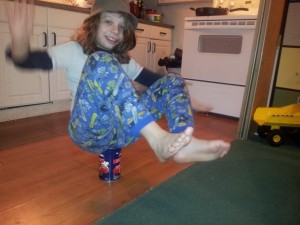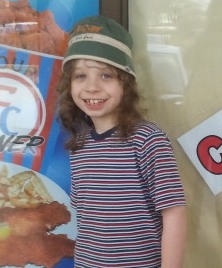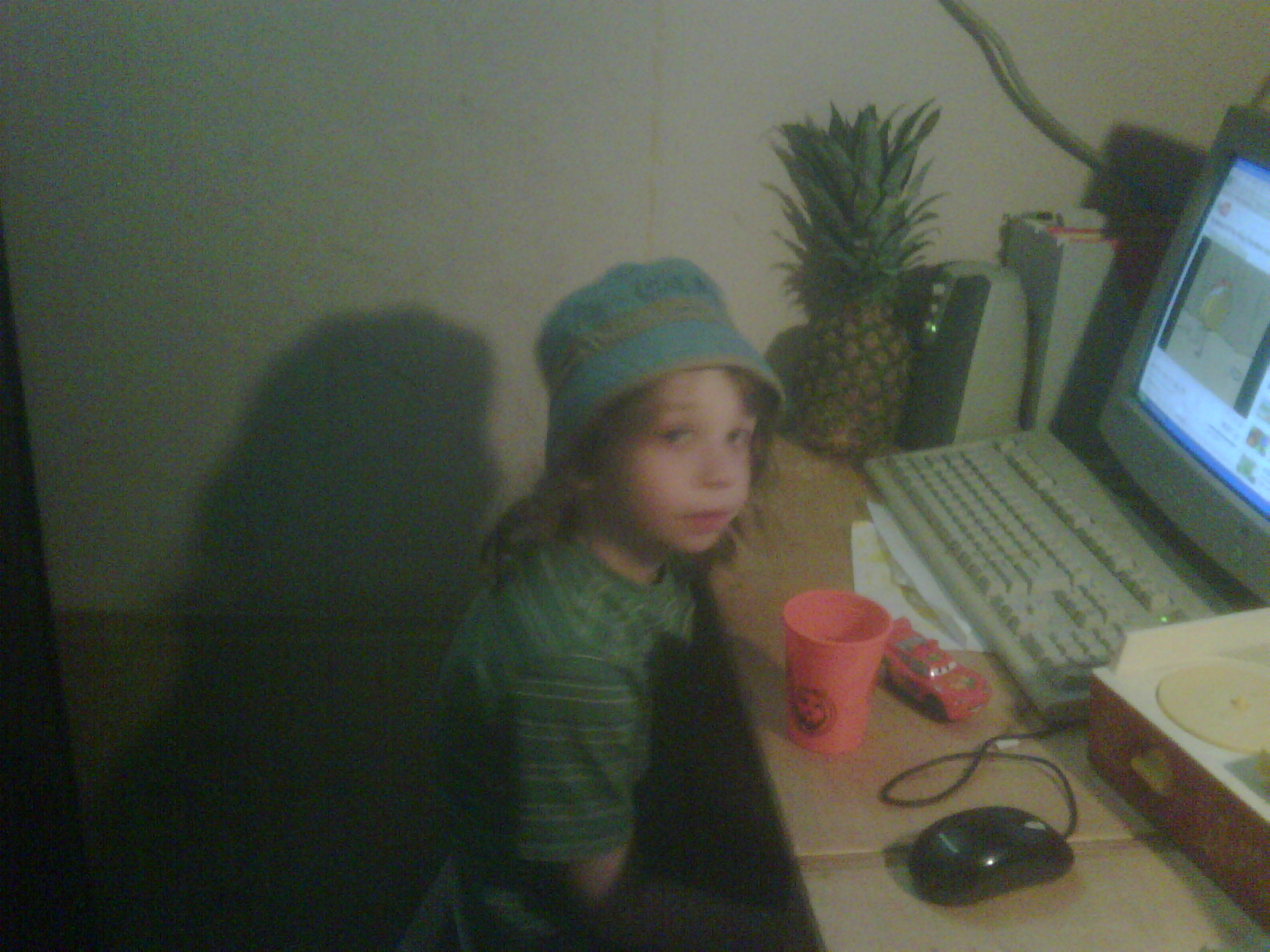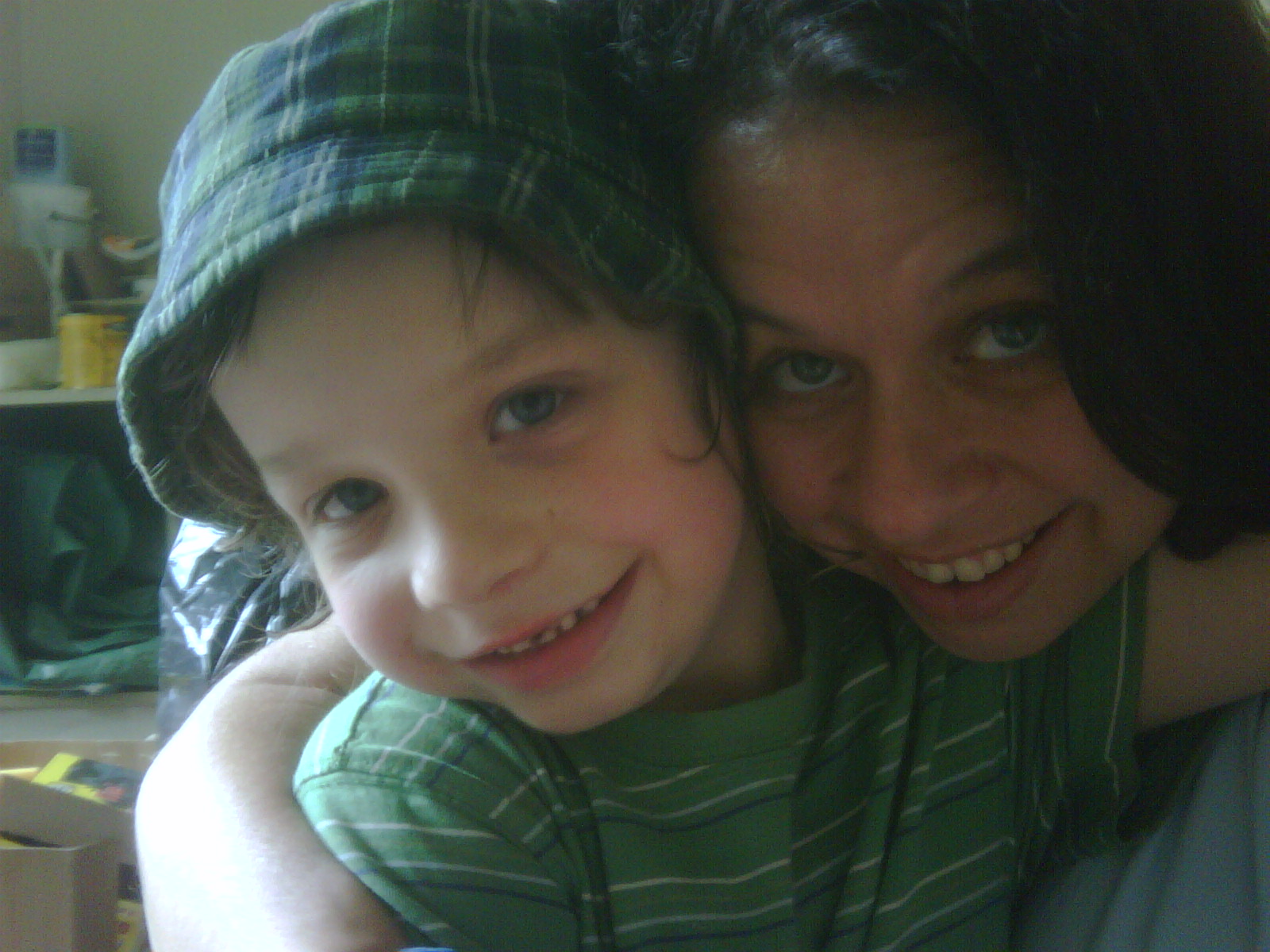My son George was diagnosed with autism six years ago, almost to the day. Most of what I’ve learned about autism since then has come not from books and websites, but from my own day-to-day life as a special needs parent. Here are some of the more surprising things I have learned over the last six years.
1. I do, in fact, have the patience to be a good special needs mom. No-one would ever have thought so when I was a child. Just ask any of the dolls that I used to have guardianship of.
2. Kids with autism often develop unique problem-solving skills, and I think this is borne from sheer perverse bloody-mindedness. If my kid with autism wants something, my kid with autism will figure out how to get it, in the face of all possible obstacles. Eventually, it becomes more about the principle than about the object. Things like locked doors and passwords are seen by my son as temporary roadblocks, not as actual barriers.
3. Corollary to #2: In my house, there is no such thing as a “safe place to keep stuff.”
4. Hell hath no fury like a child with autism who loses his hat. None of the six identical hats in your closet will do. You’ll just have to turn your house upside down and inside out until you find that hat.
5. If a child with autism gets a urinary tract infection that requires him to provide a urine sample, he will think that he now has to pee in a cup every time. You will have to watch him closely to make sure he doesn’t take any of your coffee mugs or measuring jugs into the bathroom with him.
6. Mr. Potato Head rules forever. We have just started our third jumbo-sized Rubbermaid tub of Mr. Potato Head stuff. When George is 45, he will be in the Guinness Book of World Records for having the biggest collection of Mr. Potato Heads. If he continues with his current trend, he will have about 6000 of them by then.
7. A child with autism can become the household’s unofficial tech support person from the time he or she is three. That was the age at which George literally elbowed me out of the way with an impatient click of his tongue, in order to effortlessly fix the DVD player that I had been struggling with for forty minutes.
8. Having a child with autism is like having a living, breathing GPS that knows the location of every single Tim Hortons coffee shop in a 75-mile radius.
9. Boys with autism are, above and beyond all else, boys. A couple of weeks ago, my almost non-verbal child said to me, “I spy with my little eye something that’s a white bra.” He then lifted up my shirt to peek at my bra and ran away giggling.
10. It is possible for a nine-year-old boy to sit on a can of apple juice.
(Photo credit: Kirsten Doyle)













